Join the community
Thought Leadership Centre
Most Read
1. Finance leaders flag governance risks with fast growing fintech systems 2. Why AI governance is a key priority for financial institutions 3. Foreign institutions pursue market entry as Japan strengthens fintech rules 4. Payment leaders push for interoperability to solve SME cash flow 5. Five takeaways from day 1 of the Singapore Fintech FestivalResource Center
Awards
Jul
02
Events
Event News
Asian Banking & Finance Retail Banking Awards 2025 Winner: Carlo Mariano and Ivy Uy of East West Banking Corporation
Carlo Mariano of East West Banking Corporation shares how EWBC’s regulatory solution ensures compliance while putting customers first.
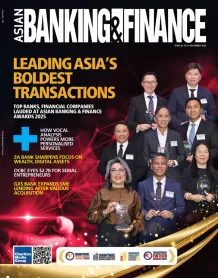
 Advertise
Advertise





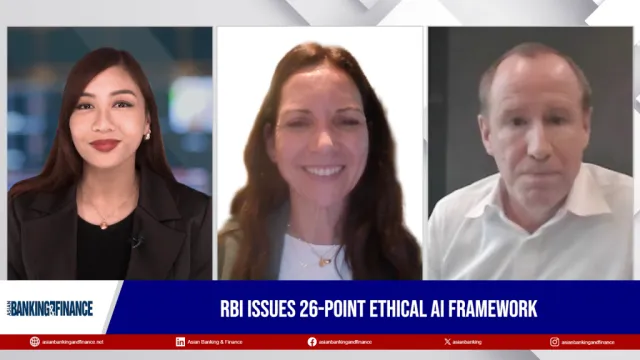
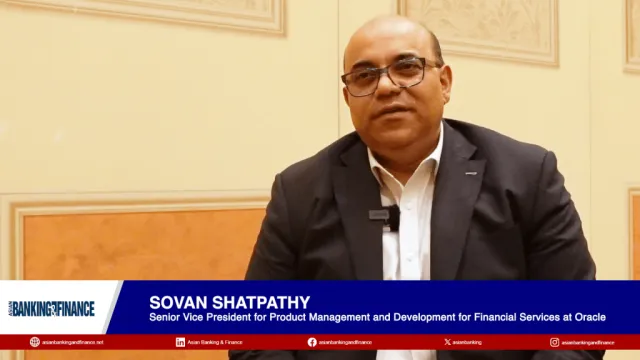
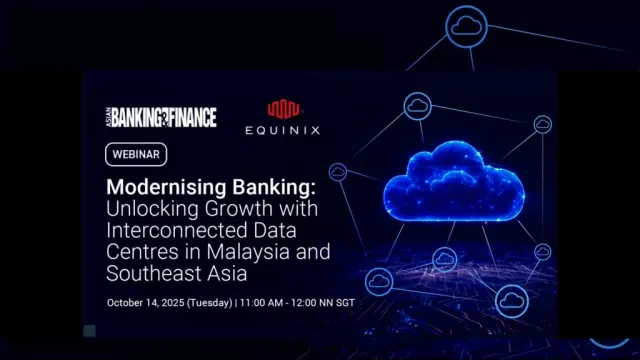


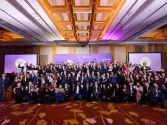








Commentary
Why strong 'mind share' is important in Asian transaction banking
Why strong 'mind share' is important in Asian transaction banking
Creating value in Asian private equity transactions in 2013
A closer look at Indonesian banks' declining NIM
3 areas of growth in investment banking in Singapore
What you must know about financial reforms in Taiwan
Why raising bank capital requirements will help the global economy
Is RBI unexpectedly hawkish in May policy?
Banks in Asia Pacific can reduce risk by embracing intra-day data
Exploring Asia’s banking dilemma on spending vs austerity
Why aren’t banks serious about creating value for their customers?
Hiring hotspots in Asian banking and finance in 2Q13
This is how Display Cards revolutionize bank cards in Asia
The new BRICS bank and its implications for Asia
What Asian banks need to know about customers' trust and fair treatment (Part 1)
There's no stopping Asian bank's digitalisation
Privatising money in Asia
Six elements of a successful mobile wallet strategy for financial institutions